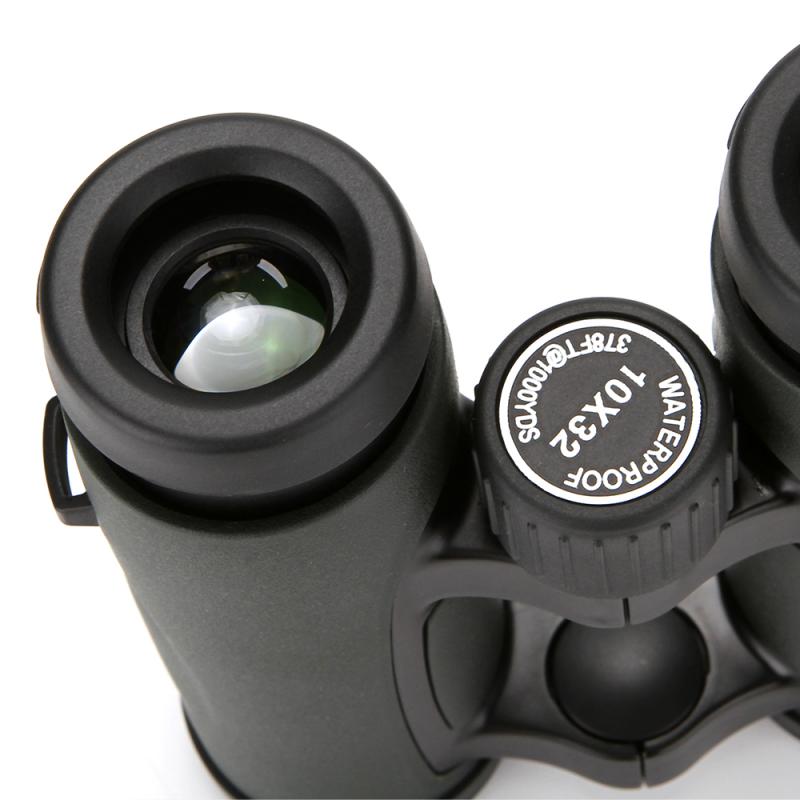What Is Bright Field Microscope ?
A bright field microscope is a type of light microscope that uses visible light to illuminate a specimen. In this type of microscope, the specimen is placed on a glass slide and is viewed through the objective lens. The light passes through the specimen and is then magnified by the objective lens and the eyepiece lens. The image is then viewed by the observer.
Bright field microscopes are commonly used in biology and medical research to observe living and non-living specimens. They are particularly useful for observing stained specimens, such as bacteria, cells, and tissues. However, they are limited in their ability to observe transparent or unstained specimens, as these may not be visible under bright field illumination. To overcome this limitation, other types of microscopes, such as phase contrast and differential interference contrast microscopes, are used.
1、 Optical design
What is bright field microscope?
A bright field microscope is a type of optical microscope that uses visible light to illuminate a sample. It is the most common type of microscope used in biology and is used to observe stained or naturally pigmented specimens. The microscope works by passing light through the sample and then through a series of lenses that magnify the image. The image is then viewed through an eyepiece or captured by a camera.
Optical design is an important aspect of the bright field microscope. The microscope must be designed to provide clear and sharp images of the sample. This requires careful selection of lenses, filters, and other optical components. The microscope must also be designed to minimize aberrations and other distortions that can affect the quality of the image.
Recent advances in optical design have led to improvements in the performance of bright field microscopes. For example, the use of high-quality lenses and advanced coatings can improve image contrast and reduce glare. Additionally, the use of digital cameras and image processing software can enhance the resolution and clarity of the images captured by the microscope.
Overall, the bright field microscope remains an essential tool in biological research and continues to benefit from ongoing advances in optical design.

2、 Illumination system
What is bright field microscope?
A bright field microscope is a type of optical microscope that uses visible light to illuminate a sample. It is the most common type of microscope used in biology and is used to observe stained or naturally pigmented specimens. The illumination system of a bright field microscope consists of a light source, a condenser lens, and an objective lens. The light source is usually a halogen bulb or an LED, which provides a bright and even illumination of the sample. The condenser lens focuses the light onto the sample, and the objective lens magnifies the image of the sample.
The bright field microscope is a versatile tool that can be used to observe a wide range of specimens, including cells, tissues, and microorganisms. It is widely used in research, education, and clinical settings. However, it has some limitations, such as its inability to observe unstained or transparent specimens, and its limited resolution and contrast.
In recent years, advances in technology have led to the development of new types of microscopes, such as confocal microscopes, super-resolution microscopes, and electron microscopes, which offer higher resolution and greater versatility than the bright field microscope. However, the bright field microscope remains an essential tool in the field of biology, and its simplicity and ease of use make it a valuable tool for students and researchers alike.

3、 Contrast mechanisms
What is bright field microscope?
A bright field microscope is a type of light microscope that uses visible light to illuminate a sample. It is the most commonly used type of microscope in biology and is used to observe stained or naturally pigmented specimens. The bright field microscope produces a bright background with darkly stained specimens appearing as dark objects against the bright background.
Contrast mechanisms:
Contrast mechanisms are techniques used to enhance the visibility of a specimen under a microscope. In bright field microscopy, contrast can be increased by staining the specimen with dyes or by using different types of illumination. Phase contrast and differential interference contrast are two common contrast mechanisms used in bright field microscopy.
Phase contrast microscopy uses a special condenser and objective lens to produce contrast between different parts of a specimen that have different refractive indices. This technique is particularly useful for observing living cells and tissues.
Differential interference contrast microscopy uses polarized light to produce contrast between different parts of a specimen that have different refractive indices. This technique is particularly useful for observing structures with a high degree of detail, such as nerve cells and muscle fibers.
In recent years, advances in technology have led to the development of new contrast mechanisms, such as structured illumination microscopy and super-resolution microscopy. These techniques allow for even greater detail and resolution in the observation of biological specimens.

4、 Resolution and magnification
What is bright field microscope?
A bright field microscope is a type of light microscope that uses visible light to illuminate a sample. It is the most commonly used type of microscope in biology and is used to observe stained or naturally pigmented specimens. The bright field microscope works by passing light through the sample and then through a series of lenses that magnify the image. The image is then viewed through the eyepiece of the microscope.
Resolution and magnification:
The resolution of a microscope refers to its ability to distinguish two closely spaced objects as separate entities. The magnification of a microscope refers to the degree to which the image of a sample is enlarged. The resolution and magnification of a bright field microscope are interrelated. As the magnification of the microscope increases, the resolution decreases. This is because the amount of light that can pass through the sample decreases as the magnification increases.
The latest point of view:
In recent years, there have been significant advancements in the field of microscopy, including the development of super-resolution microscopy techniques. These techniques allow for the visualization of structures that were previously too small to be seen with traditional microscopy methods. Super-resolution microscopy techniques include structured illumination microscopy, stimulated emission depletion microscopy, and single-molecule localization microscopy. These techniques have revolutionized the field of biology and have allowed researchers to study cellular structures and processes in unprecedented detail.







































